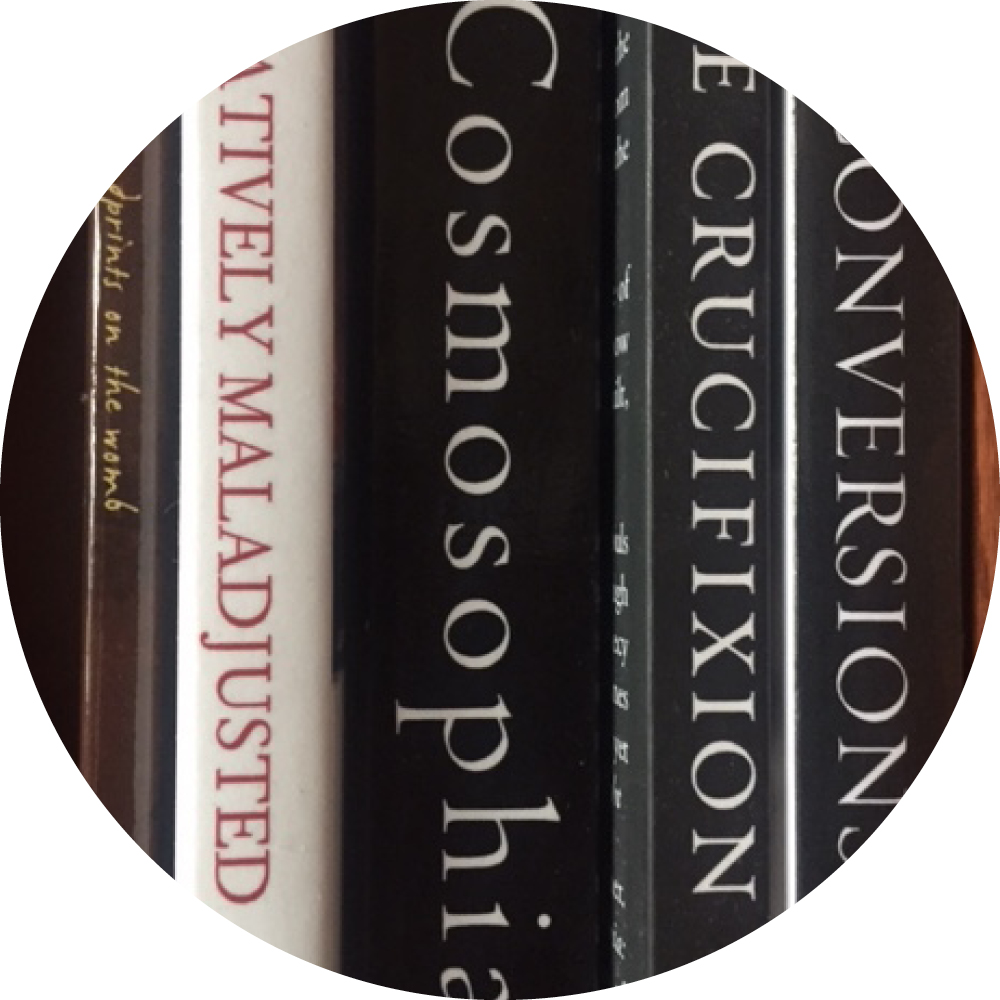The Art of Learning
By Theodore Richards
Teaching and learning, above all else, are a reflection of – and recursively reify – a worldview. This world-vision is taught not primarily by the transference of content, but by the subtle messages conveyed in language and in the space in which learning occurs. The context for learning, in other words, is the classroom and the language we use more than the content conveyed.
For most of human history, our diverse worldviews followed certain patterns in which relationship was fundamental to creating a culture of caring community. This, not the mere transference of information or skills, should be considered the most essential aspect of what I refer to as the art of learning. But in recent centuries, with the development of a global monoculture based on individualism and capitalism, the approach to learning has changed – changed in ways we are not even aware of because they are so deeply ingrained in the symbols and stories of industrial civilization.
Capitalism conflates value with that which we buy and sell. People, art, education, ideas – everything is reduced to a product. And our language reflects the fact that we are a civilization of products.
I would like to talk about two concepts that present, first and foremost, a problem of language. Art and education are nouns. In discussing them, our language fools us into thinking that they are things – static – rather than a process, an action, a relationship. And capitalism intensifies this deception by shifting our focus to a product. But they are better understood as verbs.
Let’s first consider art.
Art is not a product. It is not created by the artist in the abstract. It arises in relationship. In this way, the artist, art, and the other can be said to be entangled, to borrow a term from quantum physics. In the same way that a particle does not have a precise location until it is observed, “art” cannot be said to exist until it encounters another, when its meaning is brought forth in relationship.
The work to create art is not in creating a product but in creating space for relationship to flourish. Art happens in the in-between. The meaning of the poem comes not only from the words, but from the spaces in between, the things not said. Its meaning is found when the poem is read, engaged, processed and integrated. Music is similar; rhythm happens not merely when we make noise, but when there is silence in between.
Similarly, if we think of education as focused on wisdom rather than knowledge (and therefore more like art) learning occurs in relationship, the in-between space, rather than in the transference of information or skills. The teacher and student are entangled.
The task, therefore, is to create a space in which meaningful relationships can flourish. What does this look like?
Each of the following represents a way of seeing the world that will lead to greater human flourishing and produce students better equipped to reimagine our world in light of the challenges we face globally. In each example, we will explore how a learning space might be shaped to provide a context for healthy, vibrant relationships, relationships that can foster wisdom.(1)
Holistic: Planetary Consciousness: A “world” isn’t merely a planet; it is what a culture puts together through its symbols and stories. It’s about relationship, how we, as people, fit in. For most of human history, our “world” has really only consisted of small communities. But that has changed. For the first time in human history the entire planet must be our world – this is new, exciting, and scary. In other words, we are in this together.
How can we create a learning space that fosters a sense of global connection and awareness?
Depth: Living in sterile, two-dimensional spaces impoverishes us, and prevents us from really solving our problems. We tend to look away from that which makes us uncomfortable, from the suffering and sorrow that is a part of life. Moreover, we also miss out on the beauty and joy in the world. By seeing, truly seeing, one another as possessing a rich emotional life and recognizing our own emotions, we create a culture of care, which is the foundation for all learning in community.
How can we create a learning space that allows for depth and fosters a rich interior life of our children?
Difference & Diversity: We require bio- and cultural-diversity to flourish. Ecosystems are collapsing because of a lack of diversity. A lack of cultural diversity deprives us of the solutions that might be found in different worldviews, through different stories. We should imagine a classroom as multiperspectival, multiple circles with multiple centers.
How can we create a learning space that honors a diversity of cultures and perspectives?
Ecology: Ecology is rooted in the notion that our world is an interconnected system. Through an ecological sensibility, we move from radical individualism to interconnection. And these relationships must include the non-human as well as the human.
How can we create a learning space that is rooted in systems thinking, deep ecology, and interconnection?
The Power of Circles: social-emotional justice. The Earth is not flat; rather it is a sphere. Its systems function not as linear hierarchies, but as webs and circles of energy and wisdom. To learn how to function in such systems, we have to create non-hierarchical, justice-oriented spaces. Above all else, a learning circle represents a space in which care for one another is primary.
How can we create a learning space that is non-hierarchical, restorative, and justice-oriented, in which each person is seen and heard?
Humility: What if our educators let go of the egoic need to have all the answers and began the learning process with an honest unknowing? Humility shares a root with the word humus – Earth. We must think of ourselves as not having all these answers – indeed, our belief that we can engineer our way through everything has caused much destruction. Moreover, effective communication and problem solving requires the humility of inquiry and dialogue, asking questions and listening.
How can we create learning spaces in which we acknowledge what we do not know, and trust in the process and wisdom of our youth?
Wildness & Play: Much of the destruction of the planet is the result of our tendency to destroy wild spaces, to pave them over. As we have done this, we have made the planet less healthy. We need the wild spaces. Moreover, we have also repressed the wildness within ourselves. The spirit of childhood in making and remaking worlds; exploration and curiosity; and the absence of the limited thought patterns and assumptions that constrict us.
How can we create learning spaces in which we allow for play?
If we consider teaching and learning an art, if we shift our focus from individuals to community and relationship, and if we emphasize wisdom over information, everything changes. We must consider a new kind of learning space. Indeed, we must think of the space, and of the language we use, as central to the art of learning.
(1) A more in-depth treatment of these concepts can be found in the book Reimagining the Classroom (Hoboken, NJ: Wiley/Jossey-Bass, 2022)
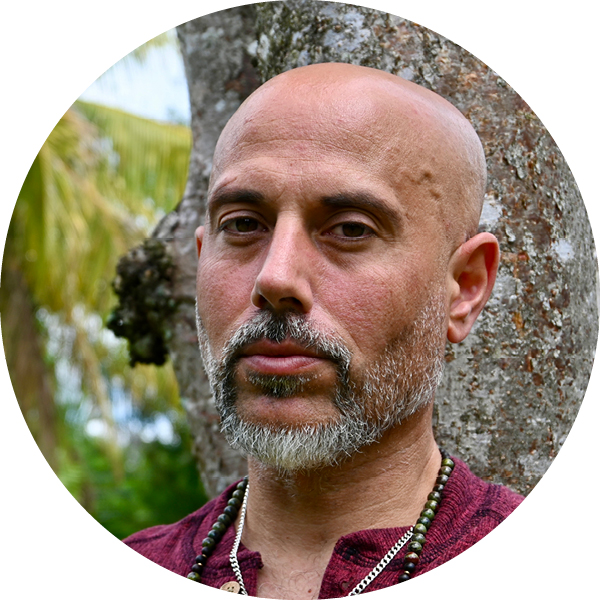
Re-sources
Re-Imagining Education
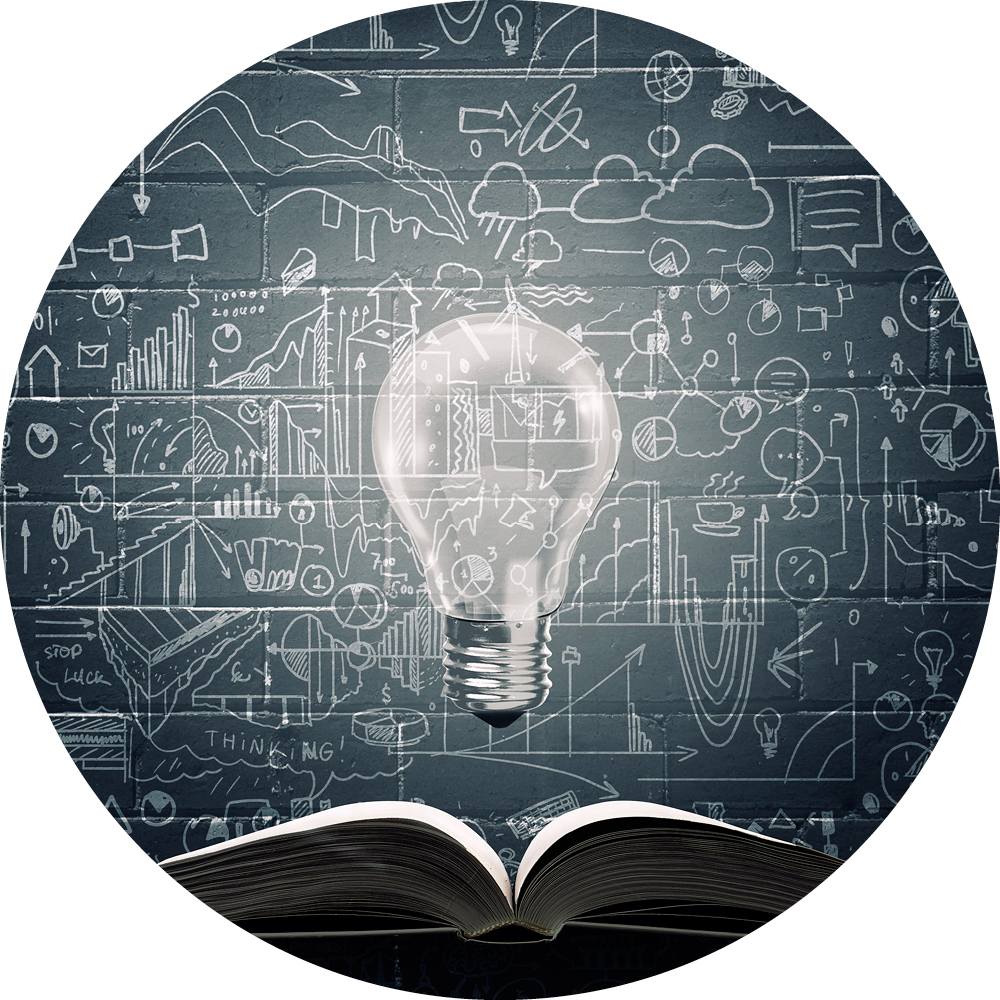
Empowering educators to take a deeper look at the stories told in our schools and to re-imagine them in transformative and
nurturing learning spaces.
Learning Opportunities
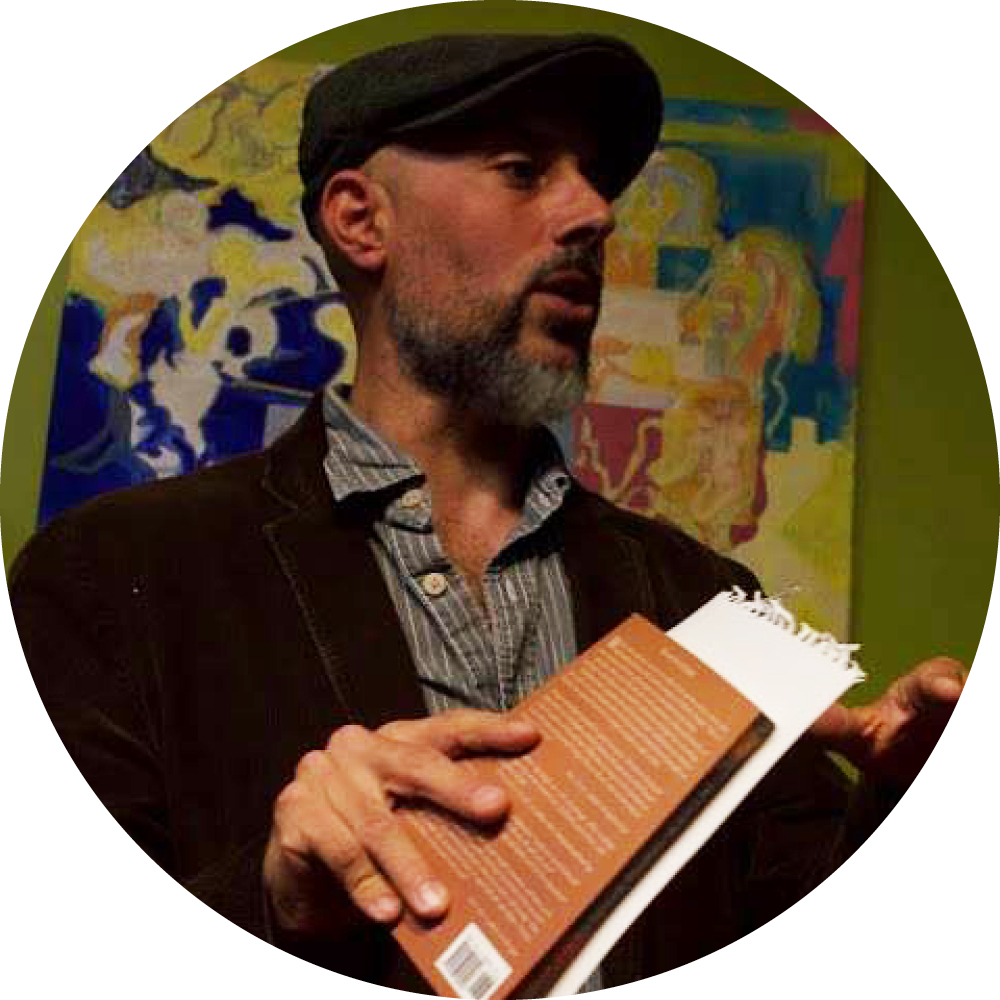
Classes, workshops, and lectures that help to empower people to re-imagine who they are and their place in the world.
CWP
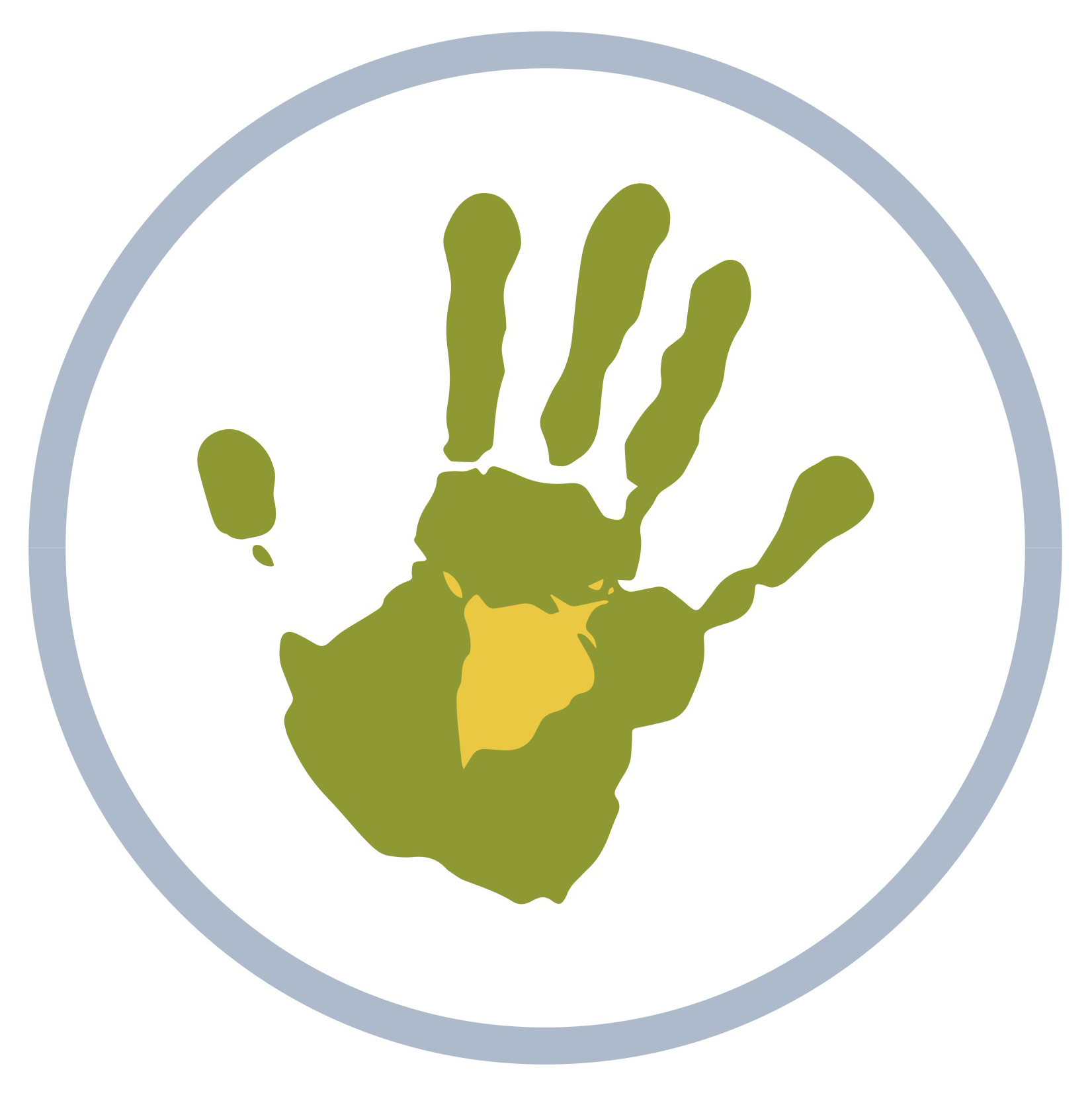
The Chicago Wisdom Project offers a alternative to the industrial and corporate models of education that have become increasingly prevalent in the American educational landscape.

